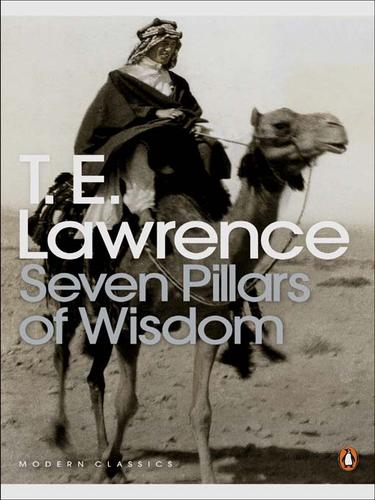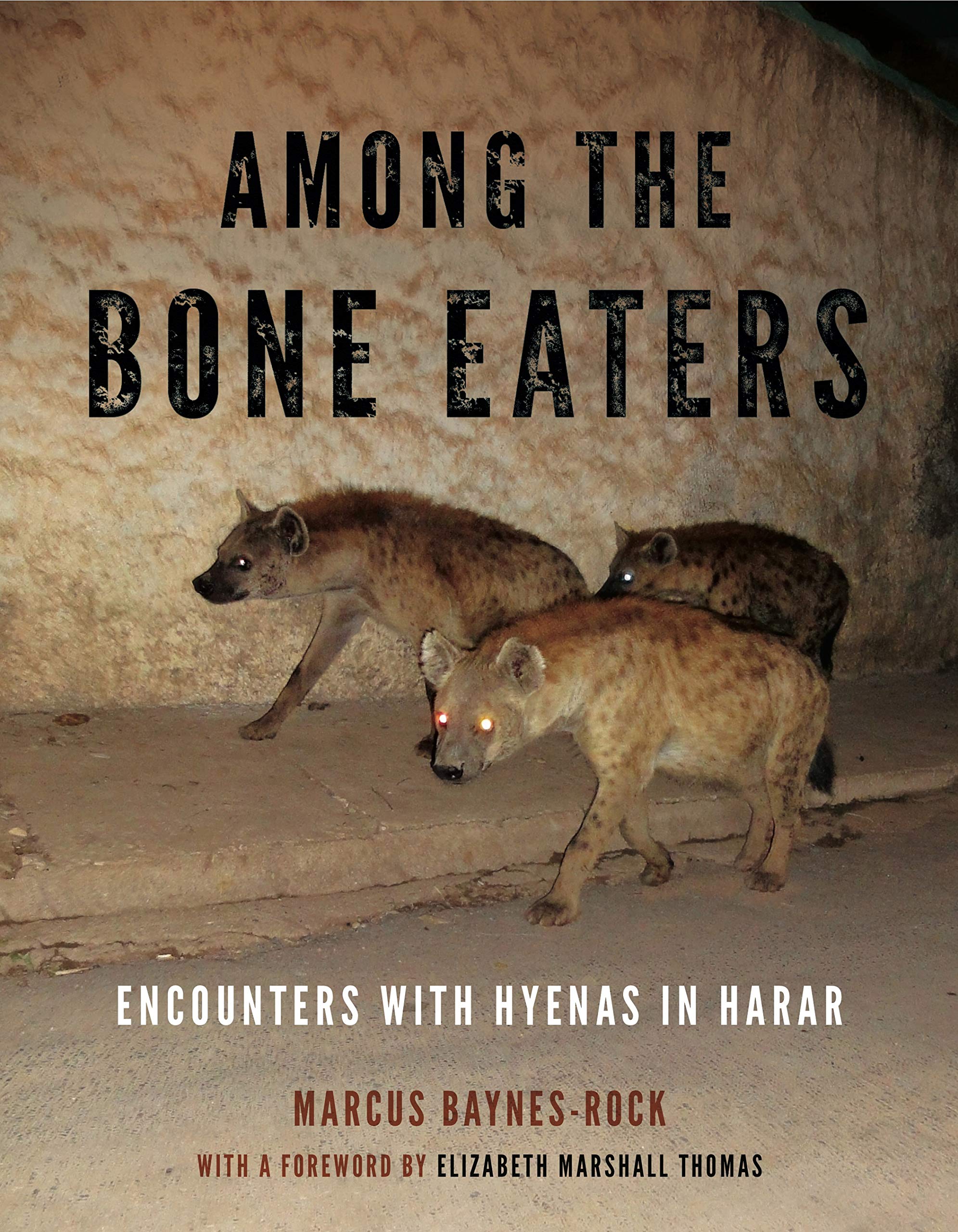I suspect that the way in which the Ashura festival was maintained was cyclical in nature and varied across shrines. Conceivably, a shrine where hyenas came to eat porridge was going to increase in popularity. Harar is a small town, and word can travel fast. Harar also has TV, radio, print, and social media to amplify the gossip factor. So, without controls, you could expect increasing numbers of people to go to any particular shrine that was successful in the hyena feeding. But once the numbers became too high, the hyenas would inevitably withdraw their participa- tion, and after a few years of this, the number of people attending would decline to just a few. At that point, the hyenas would return and start eating the porridge again. Hence the murids of the various shrines were in a position where they had to maintain the celebrations and yet try to ensure that the number of people didn’t prevent the hyenas from coming to feed. When the hyenas abstained, it was the murids who had to deal with the failure.
But what kind of failure are we talking about here? When the hyena emerged from the shrubs and began to eat the porridge at Aw Nugus, the potential for the ritual to fail was massive. This was specifically due to the actions of two people: the journalist with the flashlight and the girl with the digital camera. The hyena was extremely nervous about the flashlight, and this was exacerbated by the inter- mittent flashes from the camera. The journalist and girl either failed to recognize or disregarded the mindset of the hyena—that she was scared and about to scar- per—and continued with the flashlight and the camera until she ran off without finishing the porridge. This undermined what the murid was trying to do: make the place as unthreatening as possible to the hyenas so that they’d come and finish the porridge. Unlike the journalist and the girl, the murid was attending to the subjectivities of the hyenas, and this was going to be key to the ongoing success of the Ashura celebration at Aw Nugus. The hyenas dictated the terms under which they would come and eat porridge, and it was up to the humans to understand those terms and accommodate the hyenas. The failure of the ritual in this case was a failure to attend to the subjectivities of the hyenas. If the hyenas declined to eat, then the implications for the coming year were ominous and obvious to all.
— Among the Bone Eaters by Elizabeth Marshall Thomas, Marcus Baynes-Rock (Page 71 - 72)
















